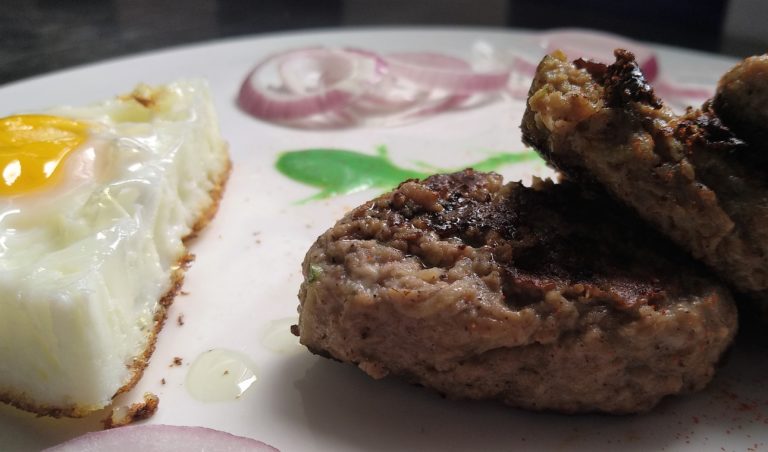It is said that when Alexander the Great met King Porus, he was, to his surprise, offered meat mish-mashes that were similar to kebab of Greece. But the official entry of kebabs into India, and to Awadh region (now Uttar Pradesh), is credited to Sadat Ali Khan, the first Nawab of Awadh from Persia. By the reign of Siraj Ud Doulah, and we are talking East India Company time, kebabs changed very little. Yes the meat was minced by the rakabdar (royal chef) and cooked on slow fire to give it that juicy taste, but for culinary world, it was still the incubation days of what later became the galawati or galauti kebab. The name Galauti came because this particular dish is offered to the workers who was building the Shahi Galawat of Nawab Sadat Ali Khan. Innovation became the key to survival for rakabdar as they devised newer ways of slow cooking, smoke flavouring and of course using exotic ingredients like sandalwood, juniper berries, rosebuds, rose, red gensing and pathar ke phool to outdo each other every time. Incidentally, the first successful iteration of the galwati kebab had all the above mention ingredients along with real pearl and gold and some guarded aphrodisiacs, which was suggested by the hakim (doctor) in an attempt to egg the Nawab to do some activity.
Frenchman Claude Martin, who designed many Lucknow buildings including the La Martiniere, amassed his fortune under Nawab Asaf-ud-Daula. To think the French’s silken pates influenced the galauti is not unfounded. The French influence in Lucknow is not often remembered. A look at Constantia or La Martiniere, the school it houses, can remind you of that. Claude Martin, the French soldier who shifted allegiance to the British and then the nawabs, built not just this elegant structure but also designed many Lucknow buildings commissioned by his patron nawab Asaf-ud-Daula. Even before him, French merchants were plying their trade in Lucknow. To think their silken pates influenced the galauti is not unfounded

GALOUTI KEBAB
Posted In: Uncategorized
